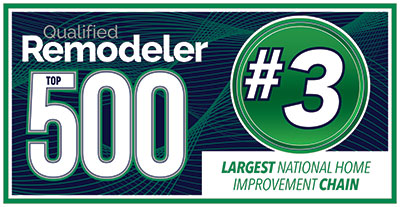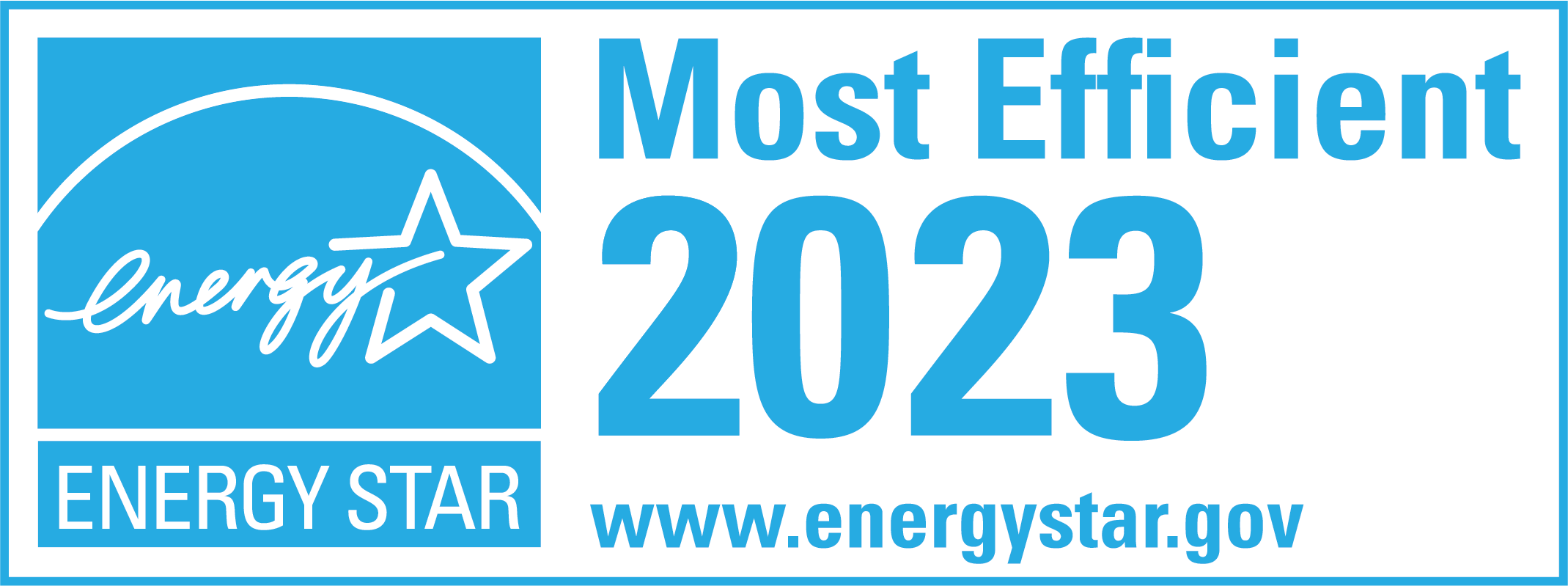What Are Low-E Windows and Should You Buy Them?
Are you a homeowner looking to make your home more energy efficient? Installing new Low-E windows is one of the best investments in your home. Not only do they help keep heat in during the cold months, but they also reduce cooling costs during those hot summer days. But what exactly are Low-E windows, and should you invest in them? In this blog post, we’ll review Low-E windows, how they work, and whether it makes sense to buy them. Keep reading to discover all that you need to know.
When considering energy efficiency, selecting the right window glass is essential. Up to 70% of home energy can be lost through windows and doors – 90% explicitly from the glass itself. However, navigating different Low-E coatings for your region’s climate conditions can seem daunting at first glance. This post dives into what a low e window is, why it’s so great for improving insulation in homes, and which coating type would give you an optimal performance based on where you live.
This article answers the following topics:
- What is Low-E, and what does it mean?
- Who makes windows with Low-E?
- Does Low-E qualify for Energy Star in Texas?
- How long do Low-E windows last?
- Different types of Low-E
- Window glass advancements
What is Low-E, and what does it mean?
Low-E glass windows are a great way to reduce uncomfortable temperature changes in your home without sacrificing the amount of natural light that enters. The critical technology featured on these glasses is their microscopically thin coating, which is thinner than a human hair! This incredible layer creates an invisible barrier against infrared and ultraviolet rays while still reflecting interior temperatures into the house – keeping it consistently comfortable all year round.
Who makes windows with Low-E?
All window manufacturers buy low-emissivity glass for use in their windows. Whether you’re buying replacement windows or installing windows in a newly built home, the windows likely have some chemical coating to improve performance.
Brands like Alside, Andersen, Marvin, NT Windows, and more all offer various coatings to address different use cases.
Does Low-E qualify for Energy Star in Texas?
ENERGY STAR Windows aims to be better than code requirements, and LoĒ³-366 achieves this. As the only low-E product qualifying in all four climate zones, it provides top insulating value for northern climates while keeping out solar heat across America. Low-E glass is required for windows to pass a permit inspection in North Texas.
The better the coatings on your windows, the better your window will perform. Regarding NFRC window ratings, high-performance energy coatings significantly lower the U-Factor and SHGC.
How long do Low-E windows last?
The chemical coatings are found on the interior surface of the exterior pane, so the chemicals can’t be disturbed by using the windows. The low e will last as long as you have the windows. Unlike argon gas that can leak from the frame, the chemical coatings don’t dissolve, dissipate, or diminish over time.
Are there different types of Low-E glass?
Yes. Cardinal Glass, for example, has eight Low-E glass coating options. The different options provide different benefits to window manufacturers. Some glass, like Lo-E 366 helps meet Energy Star criteria in all zones, while LoE – 189 meets strict requirements for homes across Canada.
In Canada, sunlight must help warm the home because of the extreme temperatures. While in Texas, we want our glass to keep out as much heat from the sun as possible. Different climate zones call for other emissivity coatings.
The most important advancements in window glass
Some of the most significant breakthroughs in glass production include:
• Development of Float Glass: The float glass process in the 1960s revolutionized the glass production industry by providing high-quality, uniform glass at a lower cost.
• Introduction of tempered glass: The introduction of tempered glass in the early 20th century has dramatically improved the safety and durability of glass products.
• Development of Low-E glass: Low-E (low-emissivity) glass has dramatically improved the energy efficiency of buildings by reducing the amount of heat lost through windows.
• Advancements in coatings: Advancements in coatings for glass, such as self-cleaning coatings and UV-blocking coatings, have improved the functionality and durability of glass products.
• Increase in the use of recycled glass: The increased use of recycled glass in producing new glass products has reduced the environmental impact of glass production.
In closing
We hope this article has given you a better understanding of Low-E window coatings and how they can benefit your home. If you live in the Dallas-Fort Worth area, we would be happy to help you choose the right windows for your home. Please call us at 214-399-9592 for a free window estimate.






